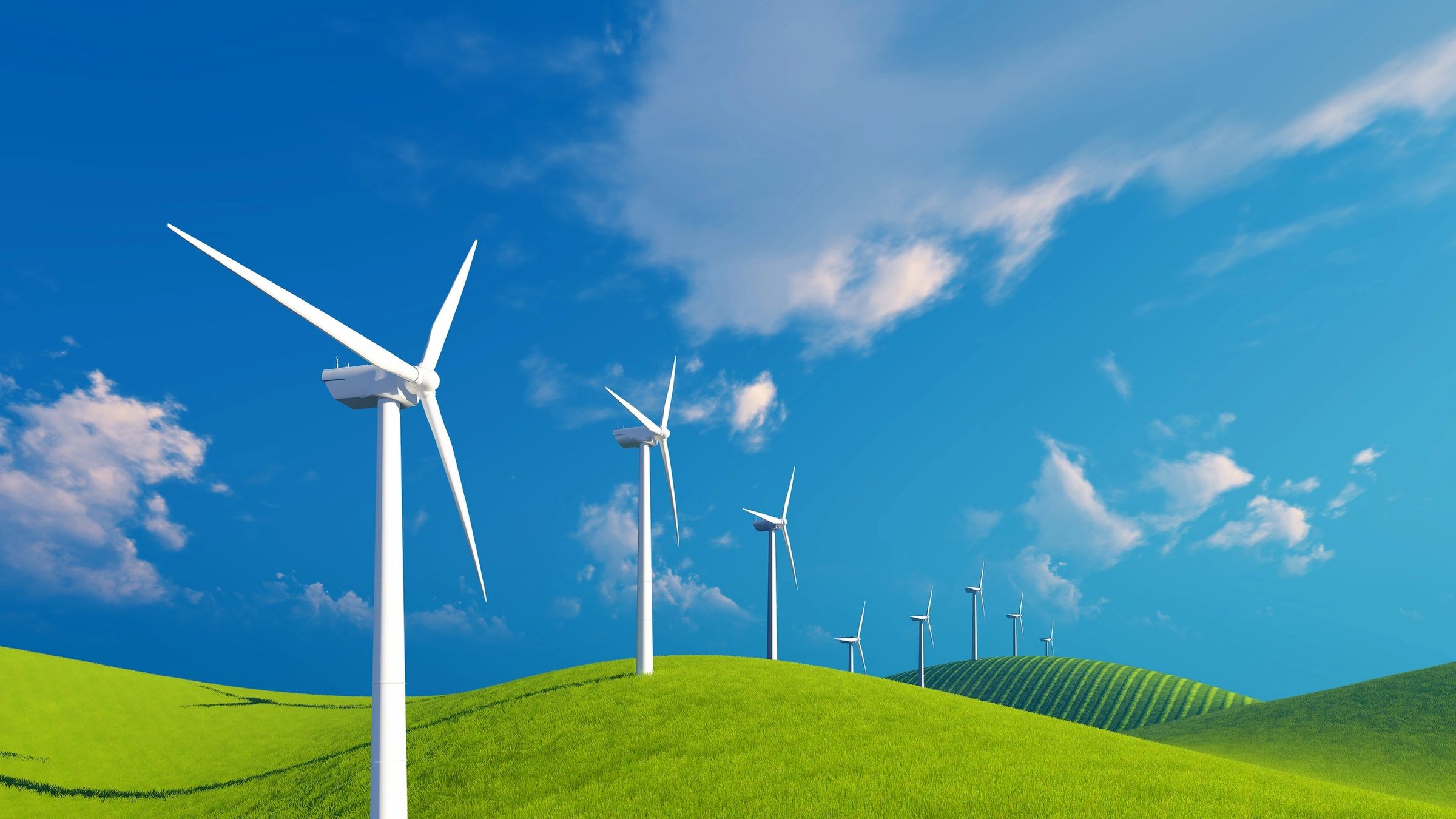In Mombasa, Kenya, an ambitious vision for energy independence is taking shape—powered by water, wind, and sunlight. This week, Kenya inaugurated Africa’s first green hydrogen plant, positioning itself as a renewable energy innovator on a continent long tethered to extractive industries.
The facility, designed to produce 20,000 tons of green hydrogen annually, is more than just infrastructure—it’s a bet on the future. Backed by a coalition of international partners and Kenyan leadership, the project reflects growing confidence in green hydrogen as a scalable solution to both climate challenges and economic inequality. The clean fuel, generated via electrolysis using renewable energy, emits no greenhouse gases and offers a long-term alternative for industrial sectors such as steel, transport, and power generation.
Beyond environmental goals, the plant is also expected to catalyze job creation, stimulate local manufacturing, and attract foreign investment. Kenya’s approach is holistic—seeking not only sustainability, but sovereignty. By diversifying its energy portfolio, the country may reduce dependency on imported fuels and serve as a template for other African nations eyeing climate-forward development.
Green hydrogen isn’t a silver bullet. The technology still faces infrastructure and cost barriers, especially across the Global South. But Kenya’s move signals a paradigm shift—from reaction to resilience.





































